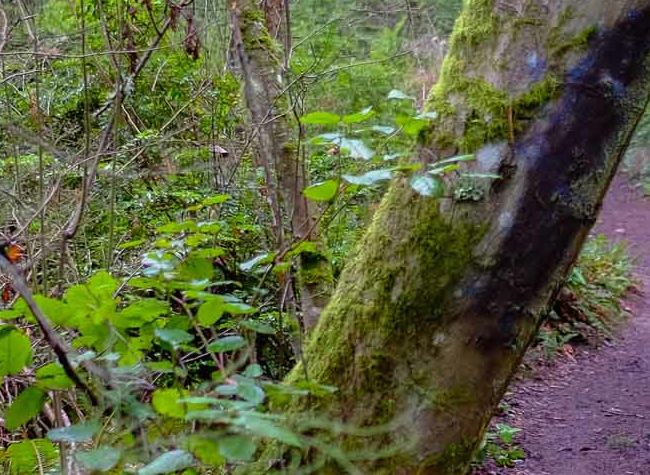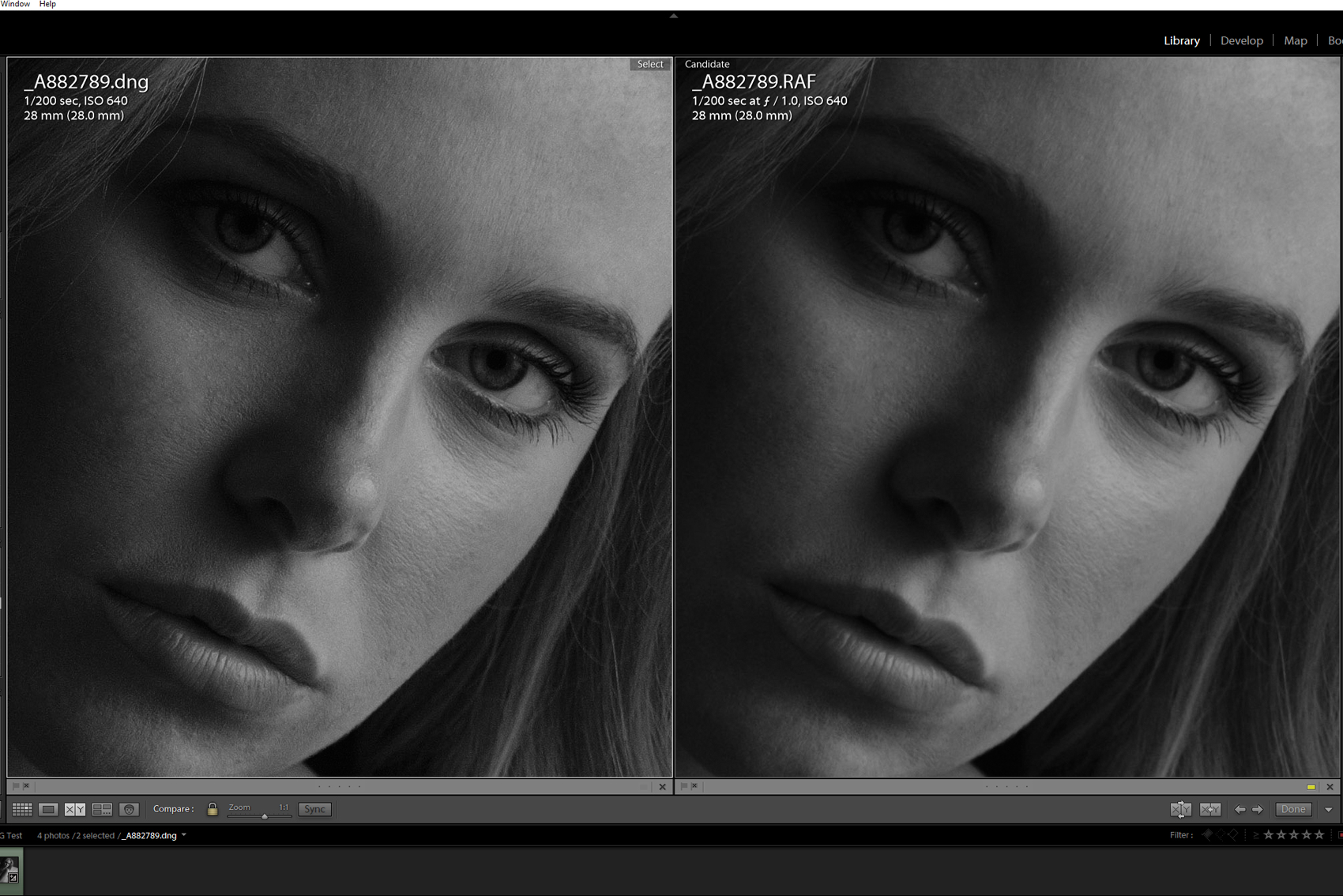
- Capture one vs iridient developer full#
- Capture one vs iridient developer software#
- Capture one vs iridient developer series#
It's a handy way of woking if you want to keep a whole shoot together and work and keep your images sorted on a per-project basis. A session creates a folder structure for your project. Sessions are like mini catalogues that you can use for just one shoot. If you do want to use it as part of a Lightroom (or other software) workflow there's a very useful feature called Sessions.

With all these controls you can pretty much finish your images right in Capture One and not use Lightroom at all if you want, or just render out JPEGs and Tiffs and send them back to Lightroom for organising. It also has lens correction, purple fringing reduction, the ability to use layered adjustments, great moire reduction and lots and lots more. And that's not remotely all the options either. You have controls for clarity, structure (kind of like Photo Ninja's detail slider) shadow and highlight recovery, curves and levels, all the basic controls, as well as a fairly good vignette tool and even film grain. In my previous reports on using Photo Ninja and Iridient Developer, I would often send the images back to Lightroom for finishing, but you don't really need to do that in Capture One. One of the other good things about using Capture one, is that because it has such a comprehensive toolset, you can do much more in the software, without having to send the images to something else to finish off. In the feedback I'd gotten about using Capture One for X-Trans files, this was the thing that many readers pointed out to me as the reason they liked it so much. Colours are rich and vibrant, and images have an immediate oomph off them, and that's before you even start to change any settings. The Capture One raw decoding engine produces beautiful results with Fuji files. Where Capture One really shines for X-Trans processing is with the colour of the images. Obviously, these settings are just based on my personal opinion and as such, you may have different opinions as to what looks good to you, but I'm sharing these as a courtesy should you wish to know the settings that I've been using. If you're getting weird colour errors around fine edges and details, then turning up the moire slider to around 50 can get rid of them. Similarly if you have fine detail that's not clear, reducing the radius can help.įor noise reduction I generally turn the Luminance smoothing off, and only turn it back on if I need it. I keep the radius set at 1 for the most part, but if you have a lot of fine texture and it's smearing increasing it to 1.2 can sometimes alleviate the issue. I generally try and keep the sharpness amount as low as possible. I've found that the following range of settings are a good place to begin. I won't go into the whole toolset in too much detail, because there's simply too much to it, and I want to focus on how the program handles X-Trans conversions. It also allows you to store your image in the catalogue file, again, similar to how Aperture works. It also has its own library / database structure and behaves like Aperture with it's single library file.

Capture one vs iridient developer full#
It has a very full toolset including comprehensive colour controls, a powerful layering system, to mention just a few of the features. It's more capable of standing as an alternative to Lightroom rather than a companion to it.
Capture one vs iridient developer software#
Capture one differs from these significantly, in that it's a much larger more comprehensive software suite.
Capture one vs iridient developer series#
My main go to tools for processing Fuji X-Trans files when I don't want to use Lightroom's conversion (I explained why you might want to do this in the very first post I did in this series on using Iridient Developer) have been Photo Ninja and Iridient developer. The few times I had tried it, I wasn't satisfied with the results, but I've gotten comments from many readers who swear by it so, over the past few months I've been spending time with the software whenever I had a chance to see how I could get the best results from it. The main reason was that I didn't really have the time to properly use the software to judge it fairly. In the past I've discussed using Photo Ninja, Iridient Developer, and Aperture but there is one big piece of software that I haven't really covered in depth and that's Capture One. I've written a lot on this blog about using different RAW converters (other than Lightroom) to get the best from Fuji X-Trans files.


 0 kommentar(er)
0 kommentar(er)
